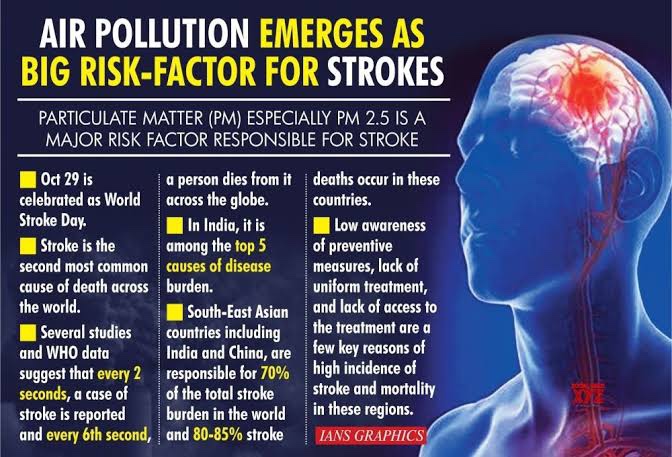Atrial Fibrillation in MENA region
The incidence of atrial fibrillation (AF) in the Middle East and North Africa (MENA) region varies depending on the specific country and population studied. However, overall, the incidence of AF in the MENA region is thought to be relatively high. Studies have found that the prevalence of AF in the MENA region ranges from 1-9%. Factors that contribute to the high incidence of AF in the MENA region include increasing age, hypertension, obesity, and diabetes. Additionally, there is a high prevalence of genetic predisposition in the MENA region, which is thought to be a major risk factor for the development of AF.
Atrial fibrillation (AF) is a common cardiac arrhythmia characterized by irregular and often rapid heartbeats. While data on the prevalence of AF in different regions of the world can vary, including the Middle East and North Africa (MENA) region, here is some general information comparing AF in the MENA region to other parts of the world:
- Prevalence in the MENA Region: Studies suggest that the prevalence of AF in the MENA region is increasing, and it is becoming a significant health concern. The prevalence rates reported in different countries within the region vary, but they generally align with global trends. It is estimated that the prevalence of AF in the MENA region ranges from approximately 1.5% to 3%.
- Risk Factors: The risk factors for AF in the MENA region are similar to those observed globally. These include older age, hypertension (high blood pressure), diabetes, obesity, coronary artery disease, valvular heart disease, and a history of heart failure. Certain genetic and ethnic factors may also play a role in the prevalence of AF in specific populations within the region.
- Healthcare Infrastructure and Access to Care: The availability and accessibility of healthcare services and resources can influence the diagnosis, management, and outcomes of AF. In some parts of the MENA region, there may be challenges related to healthcare infrastructure, including limited access to specialized cardiology services and advanced treatments. This can impact the timely diagnosis, appropriate management, and access to therapies like anticoagulation for stroke prevention in patients with AF.
- Stroke Risk and Anticoagulation: AF significantly increases the risk of stroke. In the MENA region, as in other parts of the world, stroke prevention strategies, such as anticoagulant therapy, are crucial for patients with AF who are at risk of stroke. However, underutilization of anticoagulation therapy has been reported in various studies globally, and this may also be a concern in the MENA region.
- Research and Data: There is ongoing research to better understand the burden of AF in the MENA region. However, comprehensive and consistent data on AF prevalence, treatment patterns, and outcomes may be limited. Further research efforts and collaborations are necessary to gather more accurate and representative data specific to the region.
It is important to note that the prevalence and characteristics of AF can vary among different countries within the MENA region due to variations in population demographics, risk factors, healthcare systems, and socioeconomic factors. To obtain precise and up-to-date information on the prevalence and impact of AF in a specific country or region within the MENA area, it is advisable to refer to local studies, epidemiological reports, or consult with healthcare professionals or organizations working in the region


